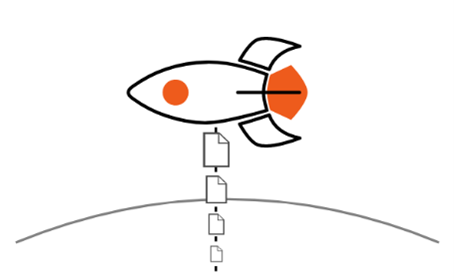There are good reasons why cloud computing plays an important role in working with geodata. The cloud offers the ability to quickly and flexibly scale resources for processing large geodata sets. This allows companies to work more efficiently and avoid bottlenecks. Scalability is also an important requirement to allow many users simultaneous access to the geodata. This promotes collaboration and facilitates the exchange of information between different teams and departments. By using cloud computing, companies can reduce the costs of building and maintaining their own infrastructures for storing and processing geodata. Instead, they only pay for the resources actually used in the cloud.
For efficient processing, analysis, and provision of geodata in the cloud, we have developed our own control and storage components that have been further developed as open-source projects for several years and are used in various projects.
 Fraunhofer Institute for Computer Graphics Research IGD
Fraunhofer Institute for Computer Graphics Research IGD